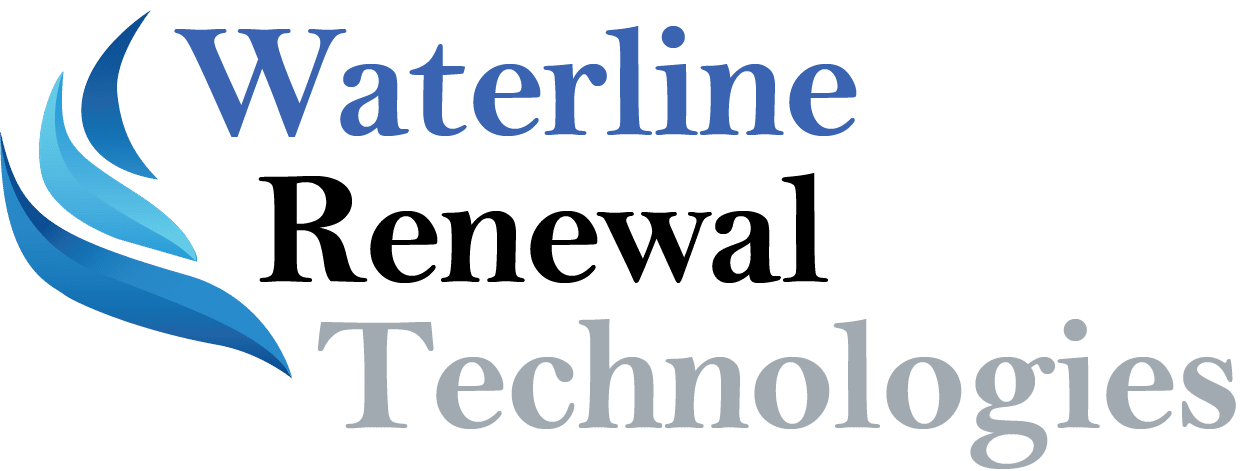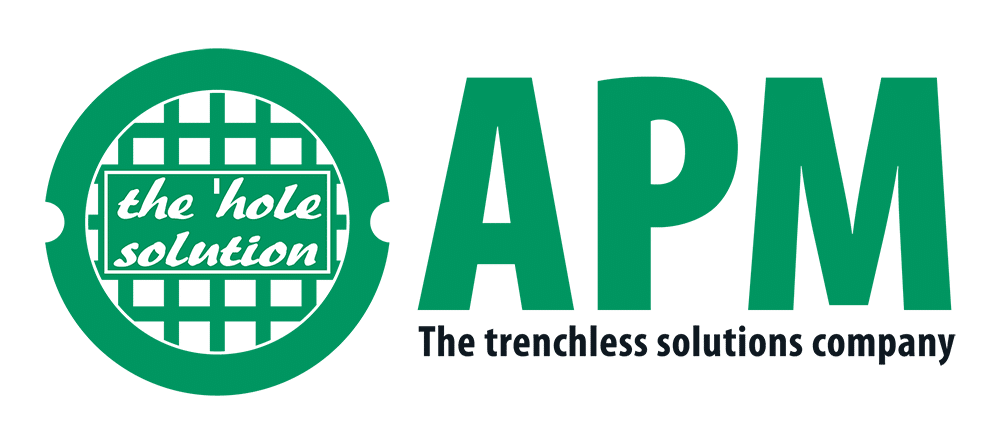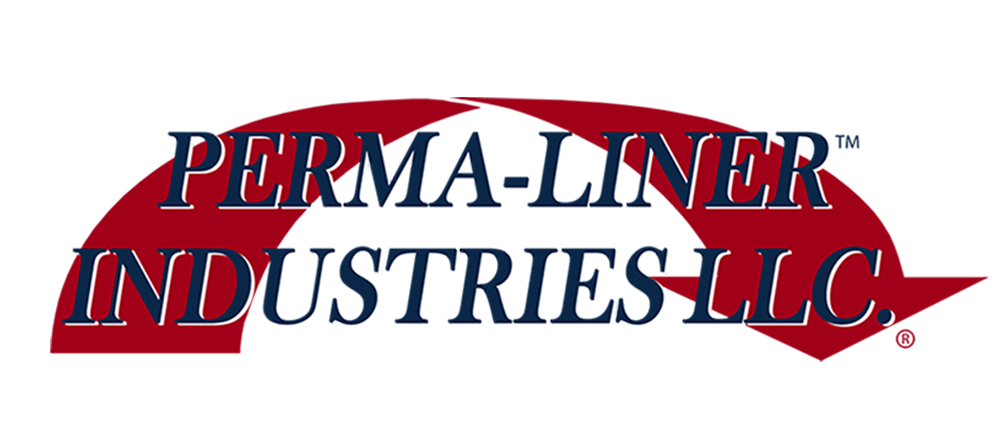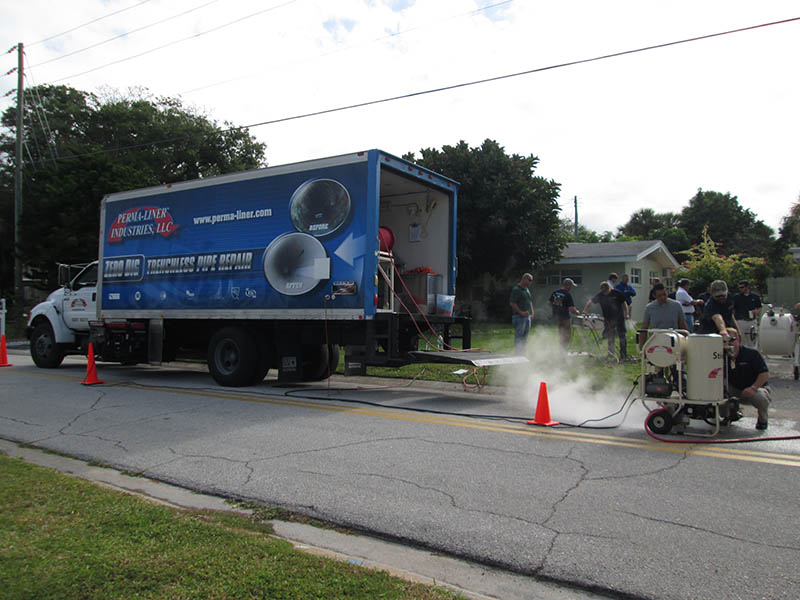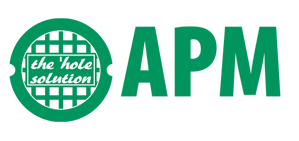There are many uses for technology in today’s world. From the social standpoint to the manufacturing world, technology is needed to exist in the world we live in today. One Wisconsin city is using technology to improve its water systems and they’re starting to see positives in doing so.
Fond du Lac’s water utility has been around since the late 1880s but today, the city is learning to use technology to simplify its day-to-day management of their water utility. Much of the original system is still being used but the city is taking steps toward the future with project like a proactive lead replacement program, GIS mapping and implementing automated systems.
With an infrastructure that’s been around since the late 1880s, the city has experienced its share of leaks and breaks. Currently, the numbers show that there are on average about 70 breaks per year since 2013. Maintaining any infrastructure can be challenging but maintaining one that’s more than 140 years old brings significant challenges involving operations and functions.
The current water sewer system serves around 16,000 customers and consists of 224 miles of pipe. While most of that pipe is old, it’s not necessarily the oldest lines that cause the problems. The pipes have consisted of almost every pipe material out there from lead and copper to cast iron and polyvinyl chloride.
The combination of a varying climate with acidic clay soils made problems for all but a few kinds of pipe. The acidic soils are corrosive, causing pinhole leaks in copper and degrading joints in ductile iron; extreme weather causes a lot of ground movement which means cracking in cast iron mains. Copper and iron pipes with projected life spans of 70 to 80 years are having problems after 50 to 60. Today they use all PVC.
Even though many of the oldest pipes are in great shape, they are made of lead. For about 35 years, the city was only installing lead pipes. The lead pipes are a major concern for the health of residents. The city has begun a public outreach campaign to educate and hopefully remove the lead before it becomes an issue. Thankfully, Fond du Lac has not experienced any lead issues to date.
For the time being, lead replacements are only taking place during emergency repairs and larger annual construction projects. There are no plans for full replacement at this time.
Another technology project the city is finally inputting is a GIS map of the entire water infrastructure. The city had great data on the pipes but no way to quickly access it so they worked to recreate all the data by digitizing and interpreting old construction plans. The new GIS map has come in handy on many projects, especially in locating shut-off valves on water main breaks.
The biggest benefit so far has been using the GIS to dictate replacement schedules for problem pipes. By inputting data on past main breaks, they’ve been able to pinpoint the system’s weak points.
When it comes to technology, it’s easy to look at the challenges that lie ahead and hold off, but in the end, results will and do speak for themselves.
